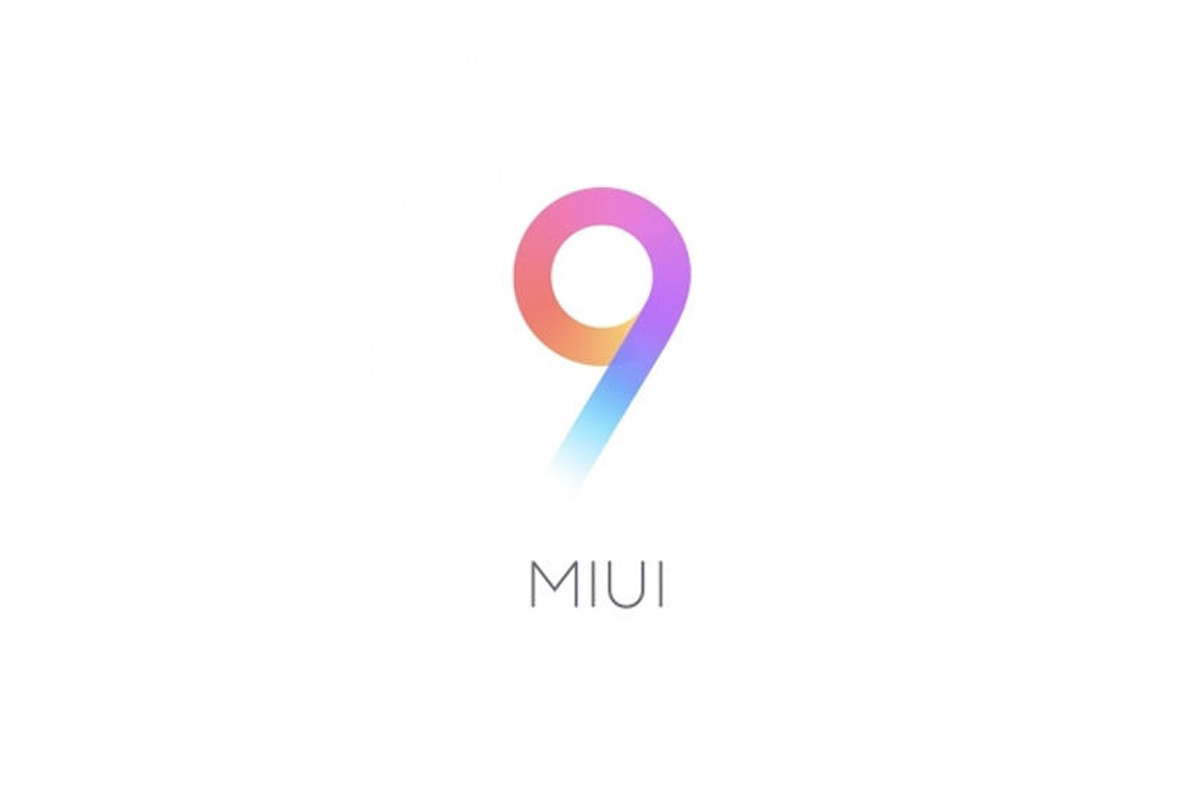Xiaomi announced the MIUI 9 China ROM back in July. Then, in November, the company officially announced the global version of MIUI 9. MIUI 9 Global is different from the Chinese version of MIUI 9 as it's intended for international markets and includes Google Play services.
The very first phone to receive the MIUI 9 Global Stable update was the Xiaomi Redmi Note 4. The update brought split screen, performance improvements, new animations, and more. The first batch of devices also included the Indian Redmi 4 (termed as the Redmi 4X in some markets), and the Mi Mix 2. We also saw updates arriving to the Mi Max 2, Mi 5 and more.
The third batch of devices were due to receive the update in late December, but that didn't happen. Instead, Xiaomi released the MIUI 9.2 Global Stable update first. MIUI 9.2 brought App Vault, the Mi Drop and Mi Video apps, and a few more features. Then in January, the company resumed the update roll-out for older devices. We saw the Redmi Note 3 receive the MIUI 9.2 Global Stable update, although disappointingly, the update was still based on Android 6.0 Marshmallow instead of Android Nougat.
Now, Xiaomi India Managing Director Manu Kumar Jain has stated via a tweet that the MIUI 9 Global Stable ROM is available for all supported Xiaomi devices in the country. This includes devices that are nearly four years old, including the Redmi 1s and the Mi 3.
To be precise, the update is now available for the following devices:
- Redmi 1s
- Redmi 2 / Redmi 2 Prime
- Redmi 3S / Redmi 3S Prime
- Redmi 4
- Redmi 4A
- Redmi Note Prime
- Redmi Note 3
- Redmi Note 4G
- Redmi Note 4
- Redmi Y1 / Redmi Y1 Lite
- Mi 3
- Mi 4
- Mi 4i
- Mi 5
- Mi Max / Mi Max Prime
- Mi Max 2
- Mi Mix 2
This is the exhaustive list of Xiaomi devices that were officially launched in India, and MIUI 9 Global Stable ROMs are now available for all of these devices.
It's worth noting, however, that the MIUI update does not mean that the device is getting a new Android version update. The Redmi Note 3, for example, is still stuck on Android 6.0 Marshmallow. The Redmi 4 is running on a newer Android version than the Redmi Note 4 (7.1 vs. 7.0), but there should be little difference in actual functionality.
The roll-out proves that Xiaomi has been diligent when it comes to rolling-out MIUI updates. The Redmi 1s from 2014 has received MIUI 9, and the company has to be commended for that. Here's hoping that the company can roll-out Android version updates faster as well, so that users aren't stuck on older Android versions.

